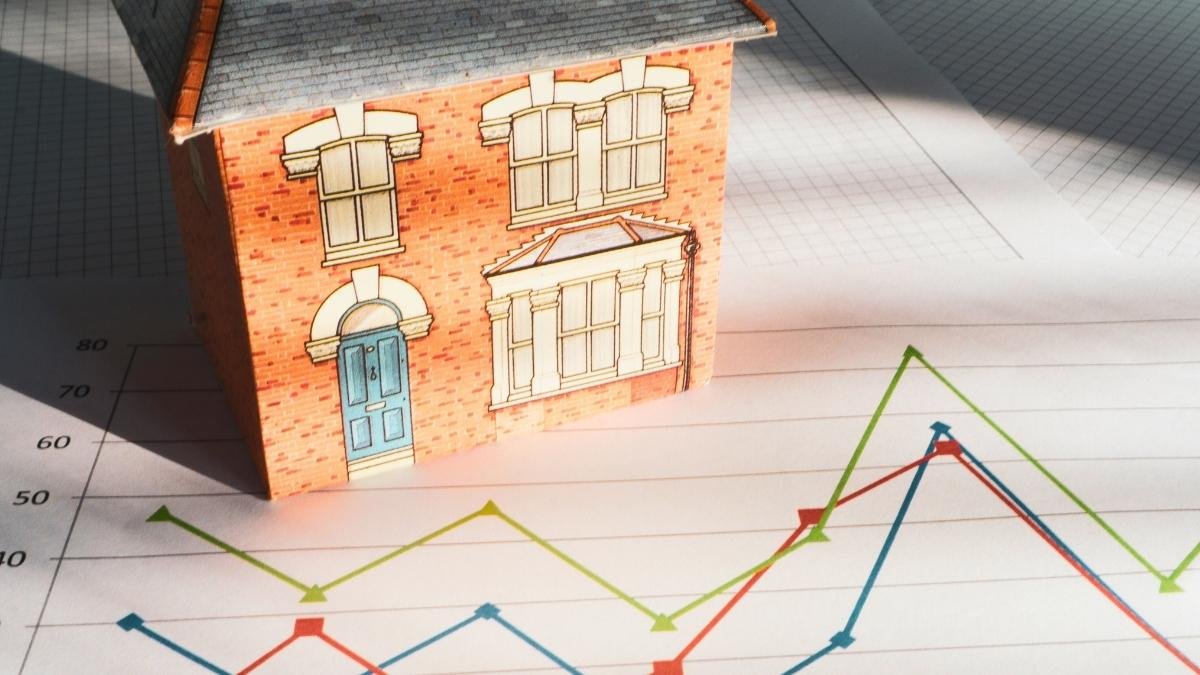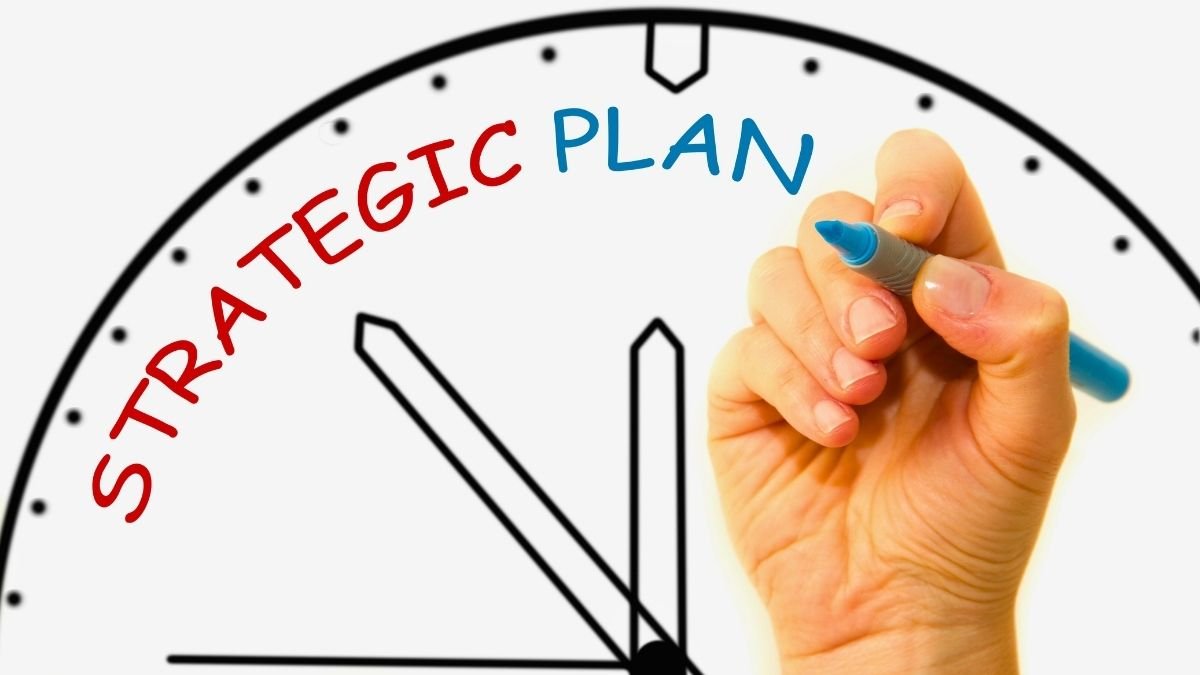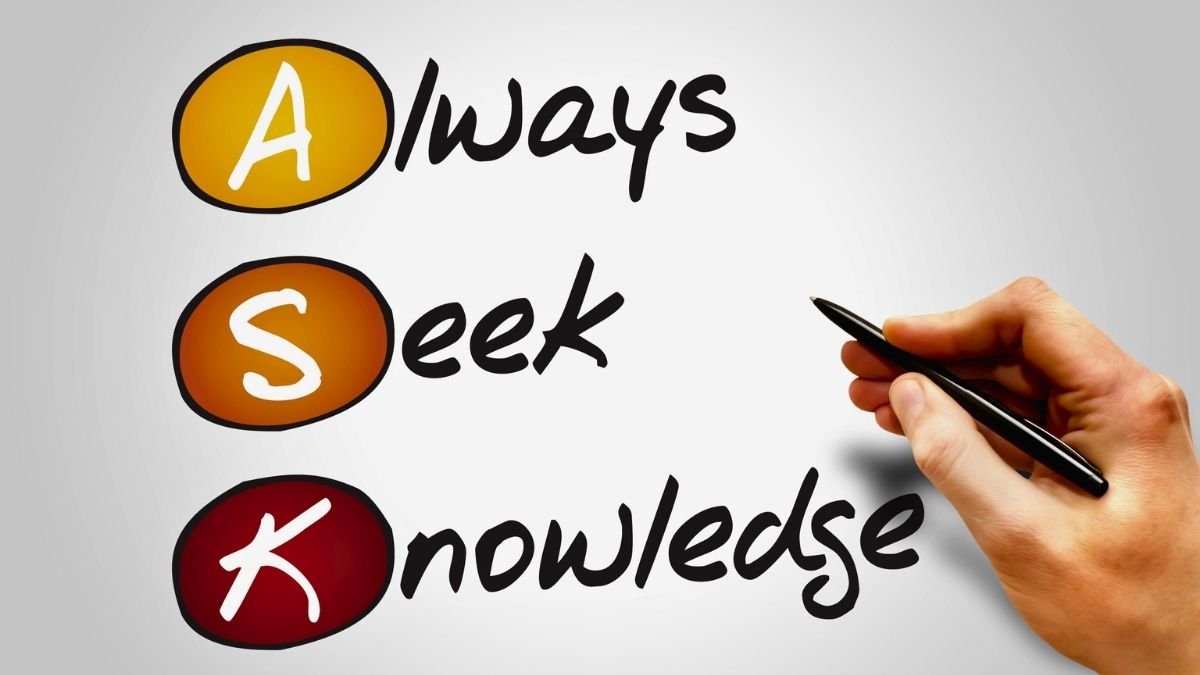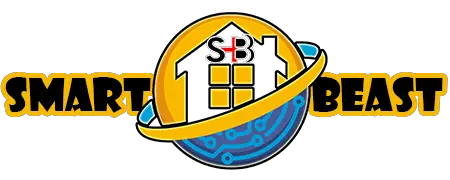
Homeownership has long been a symbol of stability and prosperity. But today’s homeowners are increasingly questioning the conventional mortgage wisdom that guided previous generations. They’re realizing one-size-fits-all advice doesn’t work in our complex economic landscape.
Smart homeowners are now forging their own paths, discovering strategies that better align with their financial goals and lifestyle needs. This shift isn’t just about saving money—it’s about gaining freedom, flexibility, and smarter financial management.
Let’s explore why these homeowners are leaving tradition behind and what innovative approaches they’re embracing instead.
The Traditional Mortgage Advice and Its Limitations

The conventional mortgage playbook has always been straightforward: aim for a 30-year fixed-rate mortgage, save 20% for a down payment, and keep housing costs below 30% of your income. But this advice is built on assumptions that no longer hold true for many buyers.

First, the 20% down payment is becoming less realistic as home prices soar. In major cities like San Francisco or Seattle, this could mean saving hundreds of thousands of dollars—taking years or even decades for the average buyer. Meanwhile, the 30-year fixed-rate mortgage, while stable, often means paying significantly more in interest over time. For a $300,000 mortgage at 5% interest, that’s $276,000 in total interest payments—a cost many homeowners are starting to view as unnecessarily high.

Traditional advice also fails to consider individual circumstances. A young entrepreneur with fluctuating income might struggle with the rigid payments of a 30-year fixed mortgage. A family planning to relocate for career opportunities would be better served by more flexible options. As one homeowner shared, “Following the traditional path would have left me with barely any cash flow after my mortgage payment. It didn’t account for my irregular income or my desire to invest in my growing business.”
Reasons Smart Homeowners Reject Traditional Mortgage Advice

So why are these homeowners walking away from conventional wisdom? The answer lies in changing economic realities, evolving personal values, and skepticism toward outdated financial models.

Economically, housing markets have transformed dramatically. Home prices have outpaced income growth in many regions, making traditional down payment goals feel insurmountable. Interest rate volatility has also exposed the limitations of fixed-rate mortgages. Homeowners who experienced low-rate periods followed by hikes realized they could have saved significantly with adjustable-rate options.

Culturally, homeowners now prioritize flexibility and quality of life. Younger buyers, in particular, reject the idea of being tied to a 30-year commitment. They value experiences, career mobility, and financial freedom over homeownership at any cost. “I don’t want my home to own me,” one millennial buyer explained. “I want the freedom to travel, change careers, and not be anchored by a massive mortgage.”
There’s also growing distrust of traditional financial institutions. The 2008 housing crisis revealed risks in the mortgage industry, making homeowners more cautious. Many feel traditional advice benefits lenders more than buyers, leaving them seeking alternatives that better protect their interests.
What Smart Homeowners Are Doing Instead
Rather than following outdated models, savvy homeowners are exploring innovative strategies tailored to their needs.
Some are embracing alternative mortgage products. Adjustable-rate mortgages (ARMs) can offer lower initial rates in stable markets, allowing buyers to reduce costs. Interest-only mortgages provide short-term payment relief, beneficial for those expecting future income increases. A friend of mine, a medical resident at the time of his purchase, used an interest-only mortgage to buy a rental property. His low initial payments allowed him to invest more in his practice, and once his income rose, he transitioned to principal payments.

Others are adopting creative financing approaches. Crowdfunding platforms like Home Fund. It enable buyers to raise down payment funds from friends, family, and investors. Rent-to-own agreements allow potential buyers to secure a future purchase price while building equity through rental payments. These methods offer flexibility and accessibility absent in traditional models.
Smart homeowners are also rethinking their housing choices entirely. Delaying homeownership to save and invest can yield better long-term returns. Some are downsizing their expectations, choosing smaller homes or more affordable neighborhoods to reduce mortgage burdens. A growing number are exploring alternative housing arrangements like co-housing or community land trusts, which can significantly lower costs.
Success Stories
These strategies are proving effective for homeowners across the country.
Take Sarah and Tom, who used an FHA loan with a 3.5% down payment and crowdfunded the rest. They bought their home years earlier than expected and are on track to repay the crowdfunded portion in less than five years. Or consider Mark, who invested his down payment funds while renting. When he finally bought, his investments had grown, providing a larger down payment and better mortgage terms.
The Johnson family opted for a rent-to-own arrangement, using the time to improve their credit and save. When they purchased the home, they secured excellent mortgage terms and had already built equity through their rental payments.
These stories illustrate that rejecting tradition doesn’t mean taking on unnecessary risk. With careful planning and research, homeowners can create paths to ownership that better serve their unique situations.
Practical Steps to Implement Smart Homeownership Strategies
Now that we’ve explored why smart homeowners are rejecting traditional mortgage advice and the innovative approaches they’re adopting, let’s dive into practical steps you can take to implement these strategies in your own homeownership journey.
1. Educate Yourself on Alternative Mortgage Options
The first step is to expand your knowledge beyond conventional 30-year fixed-rate mortgages. Research different mortgage products like adjustable-rate mortgages (ARMs), interest-only mortgages, and government-backed loans (FHA, VA, USDA). Each has unique benefits and risks that might align better with your financial situation.

For example, if you plan to stay in a home for less than 10 years, an ARM might offer lower initial interest rates. If you’re in a high-income profession with irregular cash flow, an interest-only mortgage could provide short-term payment flexibility. The key is to understand how these options work and match them to your specific circumstances.
2. Assess Your Financial Big Picture
Take a comprehensive look at your finances before diving into homeownership. Consider not just your income but also your savings, investments, debt, and future financial goals.

Calculate your monthly cash flow to determine how much mortgage payment you can realistically afford. Remember to factor in additional homeownership costs like property taxes, insurance, and maintenance. Create a budget that leaves room for emergencies and other financial priorities.
As one savvy homeowner shared, “I realized my take-home pay wasn’t the best measure of what I could afford. It was my cash flow after all expenses and savings goals that truly mattered. This perspective helped me choose a mortgage that fit comfortably within my financial plan.”
3. Build Your Down Payment Strategically

Instead of assuming you need a 20% down payment, explore alternative ways to accumulate funds:
- Consider government assistance programs or down payment assistance initiatives in your area
- Use crowdfunding platforms to raise funds from friends, family, or investors
- Explore options like the FHA loan, which requires as little as 3.5% down
- If you’re a first-time buyer, look into IRA withdrawals for down payments (up to $10,000 is allowed penalty-free)
Remember that a smaller down payment means higher monthly payments and potential PMI (private mortgage insurance), so weigh the trade-offs based on your situation.
4. Evaluate Non-Traditional Financing Options

If traditional mortgage routes seem too restrictive, consider these alternatives:
- Rent-to-own agreements: These allow you to secure a future purchase price while building equity through rental payments
- Partner with investors: Some platforms facilitate shared equity arrangements where investors help with the down payment in exchange for a portion of future appreciation
- Explore owner financing: In some cases, sellers may be willing to finance part of the purchase themselves
Each of these options comes with its own set of considerations, so thorough research and possibly consulting with a financial advisor can help you make an informed decision.
5. Rethink Your Housing Expectations

Part of smart homeownership is reassessing what you need in a home:
- Consider buying in a more affordable neighborhood if it meets your lifestyle needs
- Look at smaller homes or different property types (condos, townhouses) that might have lower price points
- Evaluate the potential for future appreciation in less expensive areas
Remember that your home doesn’t need to be your “forever home” from day one. Many smart homeowners start with a more affordable property and upgrade as their financial situation improves.
6. Strengthen Your Financial Foundation

Before pursuing any homeownership strategy, ensure your financial house is in order:
- Improve your credit score by paying down debt and making timely payments
- Establish an emergency fund that can cover 3-6 months of expenses
- Consider purchasing mortgage or disability insurance to protect against unexpected events
These steps provide a safety net that makes any homeownership path more secure, whether you’re following traditional advice or exploring alternative strategies.
7. Seek Knowledgeable Guidance

While this article provides guidance, consider consulting with professionals who specialize in non-traditional mortgage strategies:
- Find a mortgage broker who’s familiar with various loan products and can help you explore options
- Consult with a fee-only financial advisor who can provide unbiased advice aligned with your goals
- Join homeownership forums or communities where people share their experiences with alternative approaches
Remember that the best strategy is the one that fits your unique circumstances. By educating yourself, evaluating your options, and making deliberate decisions, you can navigate your homeownership journey with confidence and intelligence—no matter which path you choose.
Conclusion
The world of homeownership is evolving, and smart homeowners are leading the way by challenging conventional wisdom and forging paths that better suit their unique circumstances. By rejecting one-size-fits-all mortgage advice and embracing innovative strategies, these homeowners are achieving greater financial flexibility, freedom, and long-term success.
By embracing these principles and strategies, you’re well-equipped to navigate the complexities of modern homeownership with confidence. The path to smart homeownership may not always follow tradition, but it will undoubtedly lead you toward a future of greater financial security and personal freedom.







